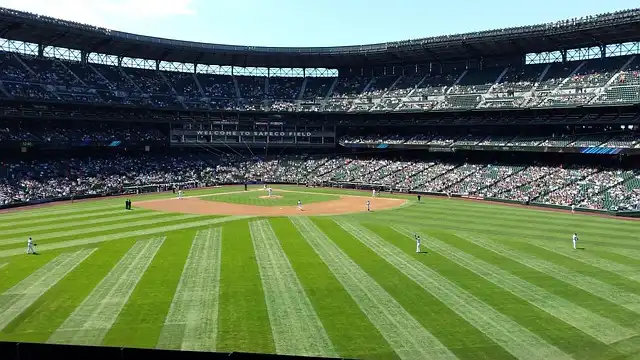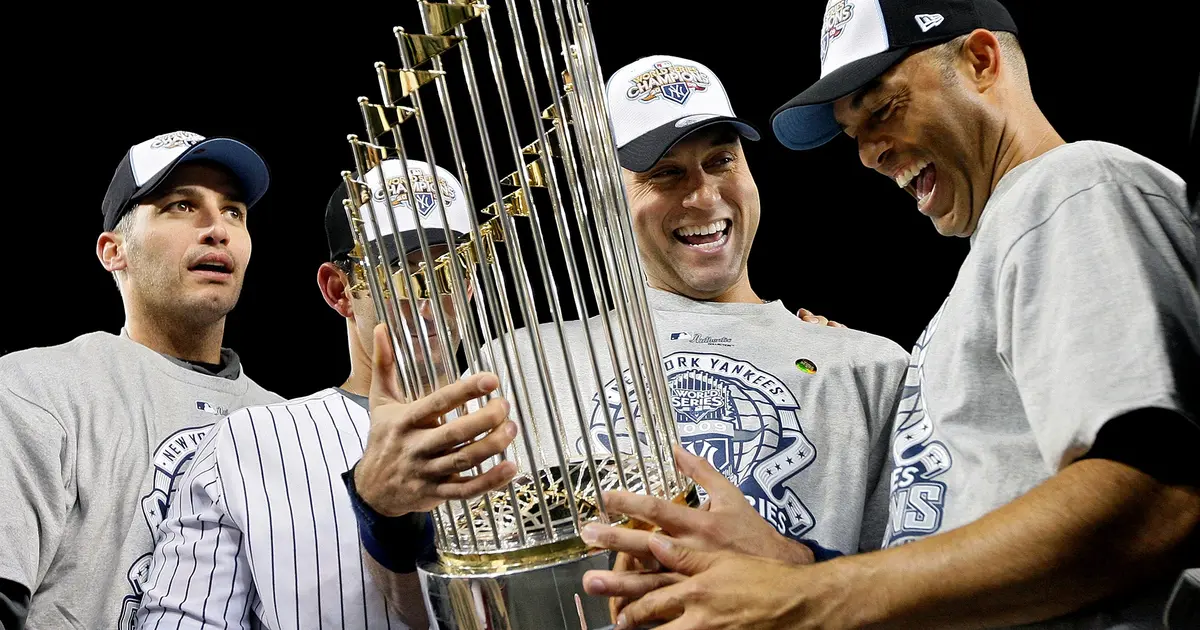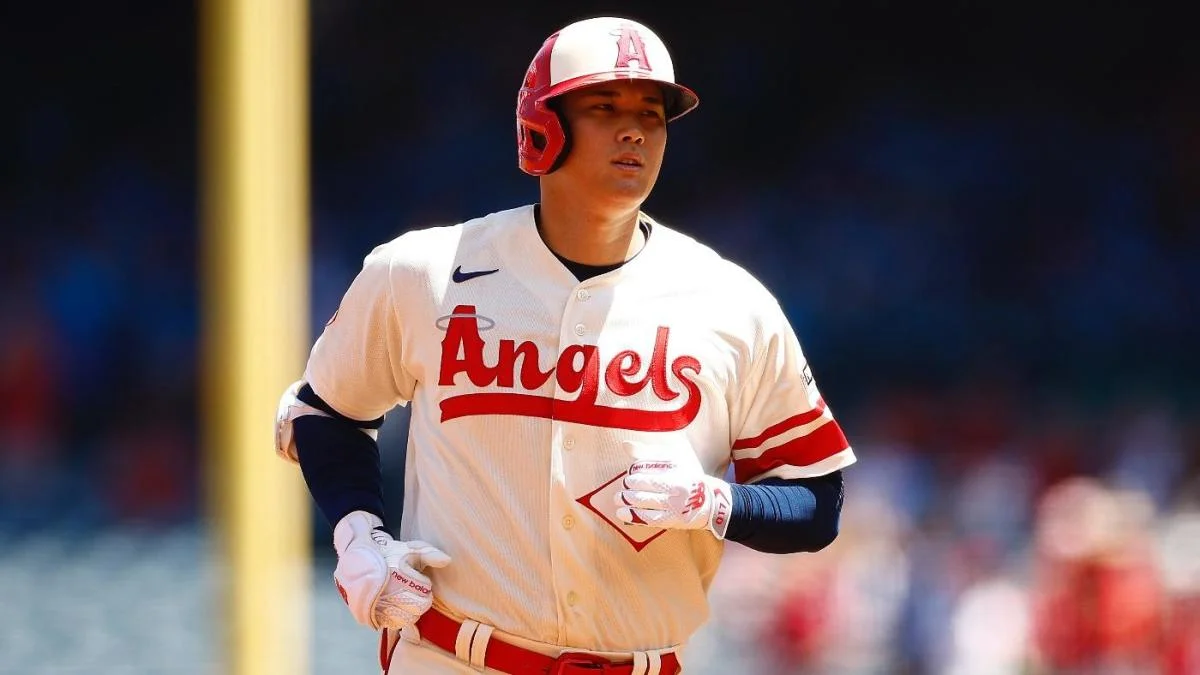Baseball fans are set to see some big rule changes this season, and the most noticeable will be on display starting with Friday’s spring training openers. MLB has implemented a pitch clock that forces pitchers to deliver the ball 15 seconds after receiving it from the catcher; infield shifts will no longer be allowed as two players on each side of second base must maintain contact with their respective bases at the start of each pitch; finally, larger bases have been installed, adding three extra inches to each side for a total of 18 inches. Fans can expect big changes this Friday, and throughout the entire 2020 baseball season!
The pitch clock is no doubt one of the most talked-about new policies for baseball in the 2023 season. My colleague Humera Lodhi and I recently discovered an important implication of this policy change: a considerable amount of pitchers will have to adjust their game mechanics to fit within this strict time limit. Of the nearly 400 players who qualified for Statcast’s pitch tempo leaderboard in 2022, 15 percent take more time than the clock will allow, with 23 taking at least 10 percent longer and eight taking at least 20 percent longer. Sadly, these adjustments could make or break a player’s entire career; however, if each pitcher is able to make them quickly and effectively, it should open up possibilities for exciting new games ahead.
It is no secret that pitchers work slower when runners are on base, but the statistic given reveals just how drastic the change in pace can be. When taking into account pitchers who qualified to have their times recorded, only 12 percent went above the timer threshold with base runners present. Furthermore, those outliers who worked particularly slow tended to stand out more than if there were nobody on base at all. This further proves what most baseball fans had already noticed – when a runner is on base, pitchers take longer than usual in between pitches in an effort to disrupt their concentration and mess up their timing.
The fact that MLB was able to reduce game times by 25 minutes with pitch clocks in the minor leagues last season speaks volumes to the potential for overall shorter games. Although only 20 percent of pitchers need to speed up their throws, that number rises if you consider those who take longer than usual before throwing. It may not seem like much, but making sure pitchers throw within one-minute would have an impressive result; shortening an average 2022 MLB game to 2 hours and 41 minutes, which would be the league’s quickest since 1984. It will be interesting to see if teams adopt this rule and how it effects baseball games in the coming future.
These new rule changes come as an exciting evolution for the game of baseball. By reducing the distance between the bases, player safety is increased and more aggressive play on the basepath is encouraged. Likewise, the addition of a limitation on when position players can be used as pitchers will have a positive impact not only on time of gameplay but will also ensure that small blowouts do not turn into farcical affairs. All these modifications create a higher level of excitement for fans and players alike.
With the banning of the defensive shift, baseball is sure to have a positive reaction from left-handed batters everywhere. The shift has made it increasingly difficult for these players to perform at their best. Over the last three seasons alone, right-handed hitters had a far greater batting average on infield ground balls at .211 compared to just a .194 by lefties. In anticipation of more action in the game, it is expected that eliminating this tactic will help bring the lefty batting average up in hopes for a more balanced rate on both sides. All eyes are on Major League Baseball now and how these new changes could completely revolutionize the sport as we know it.











